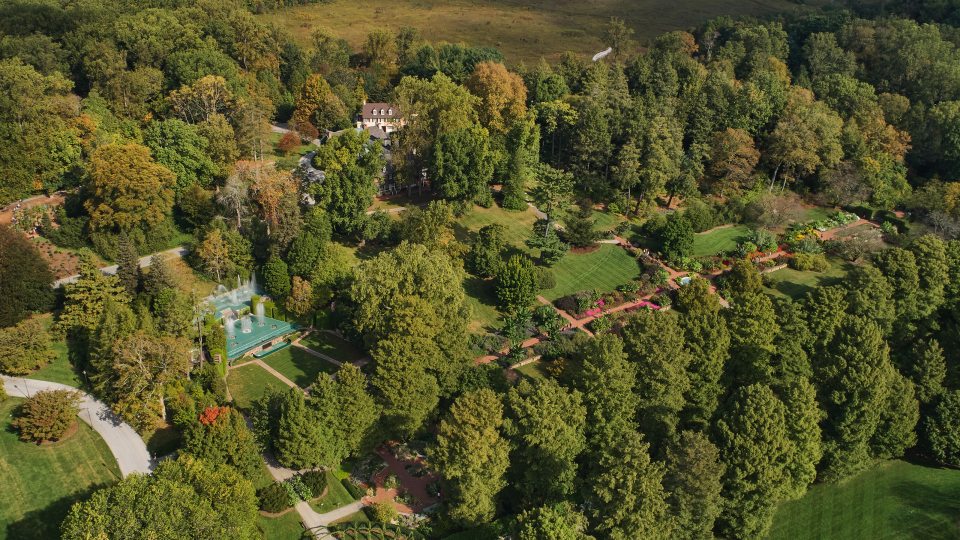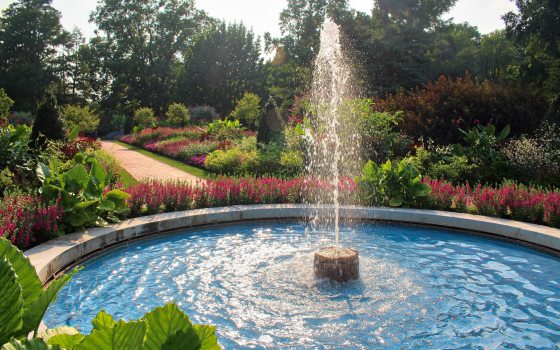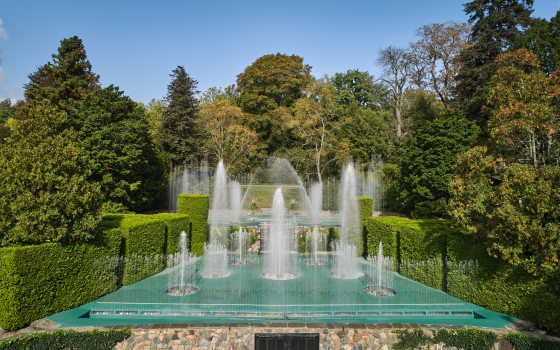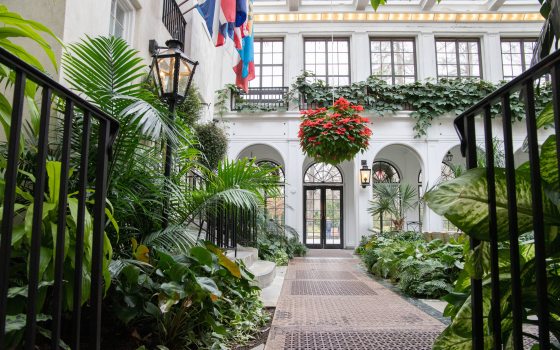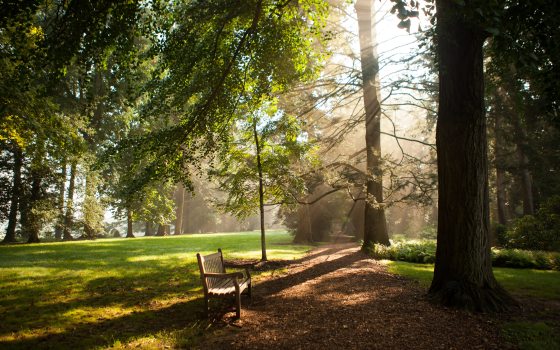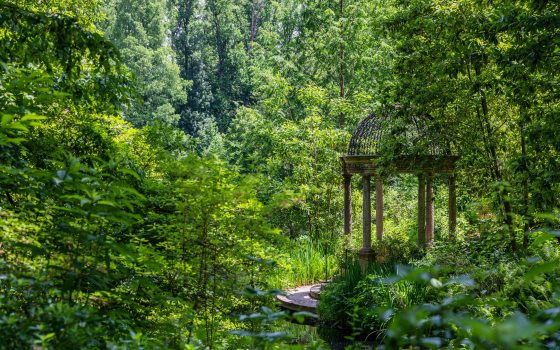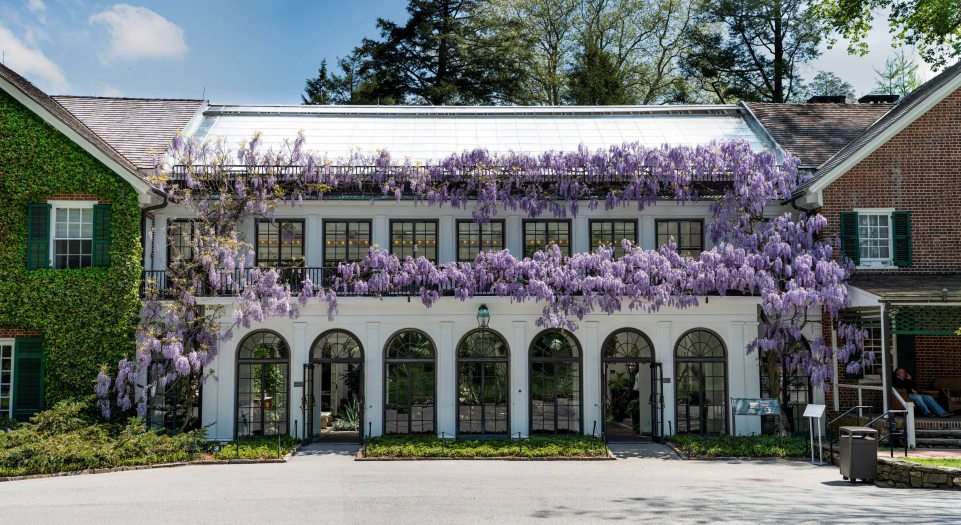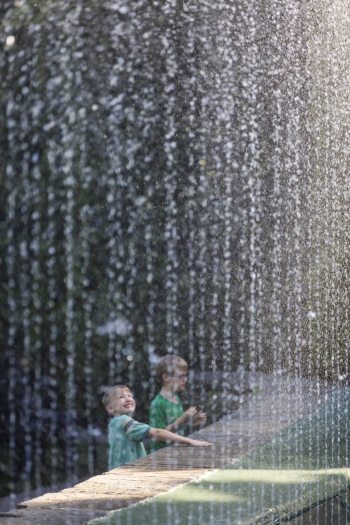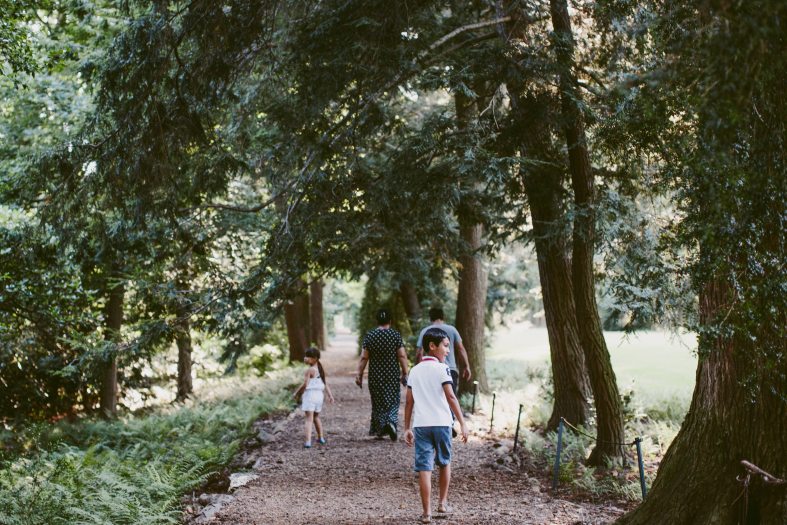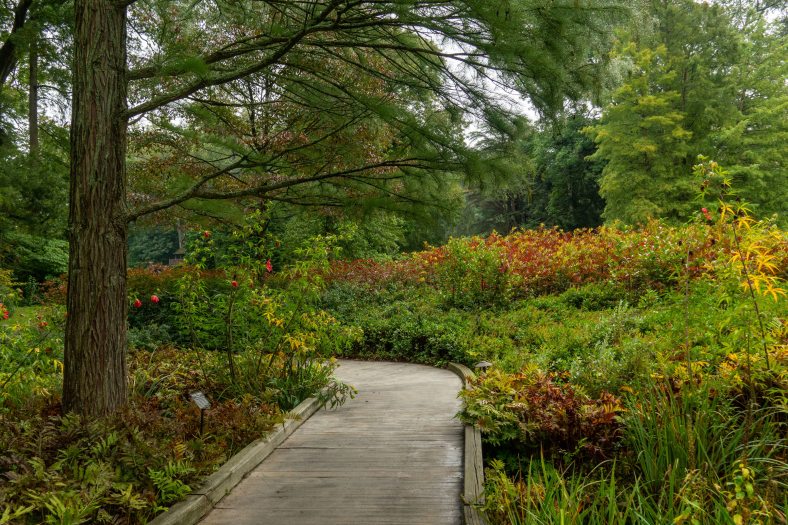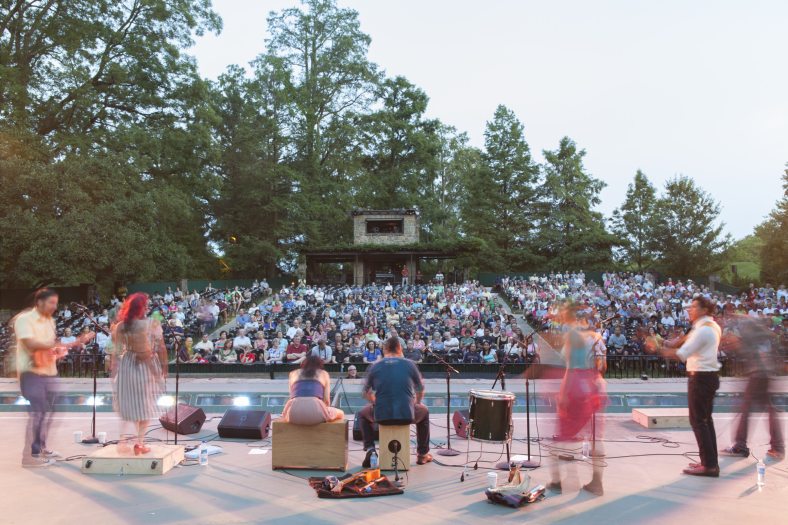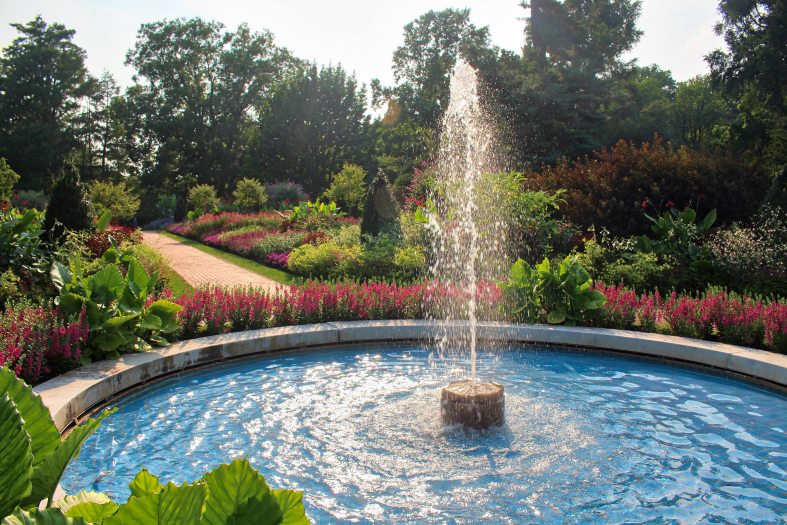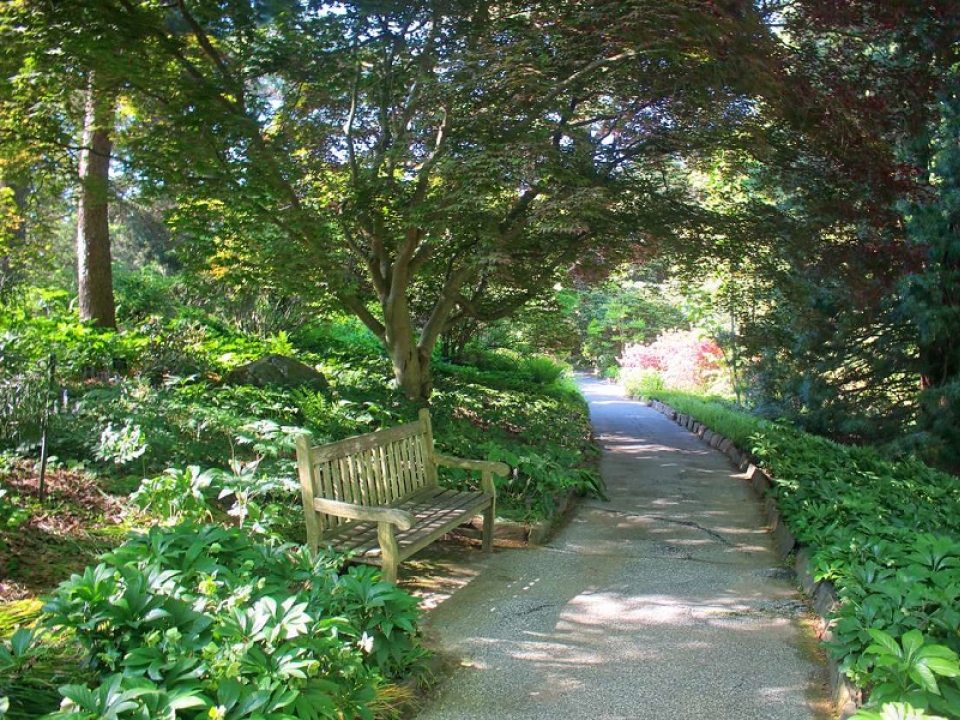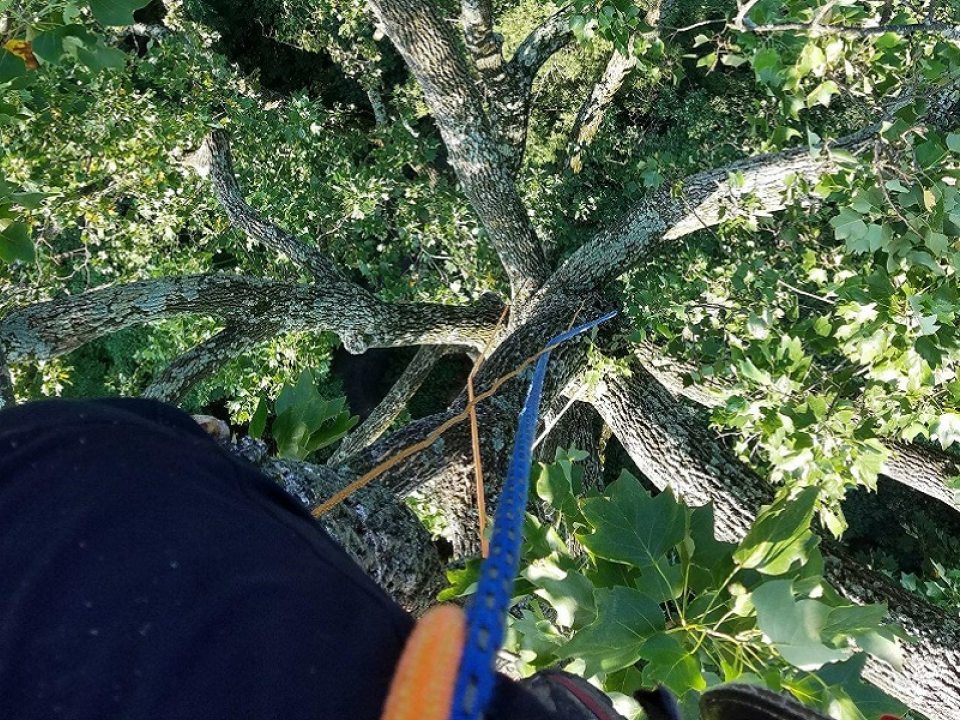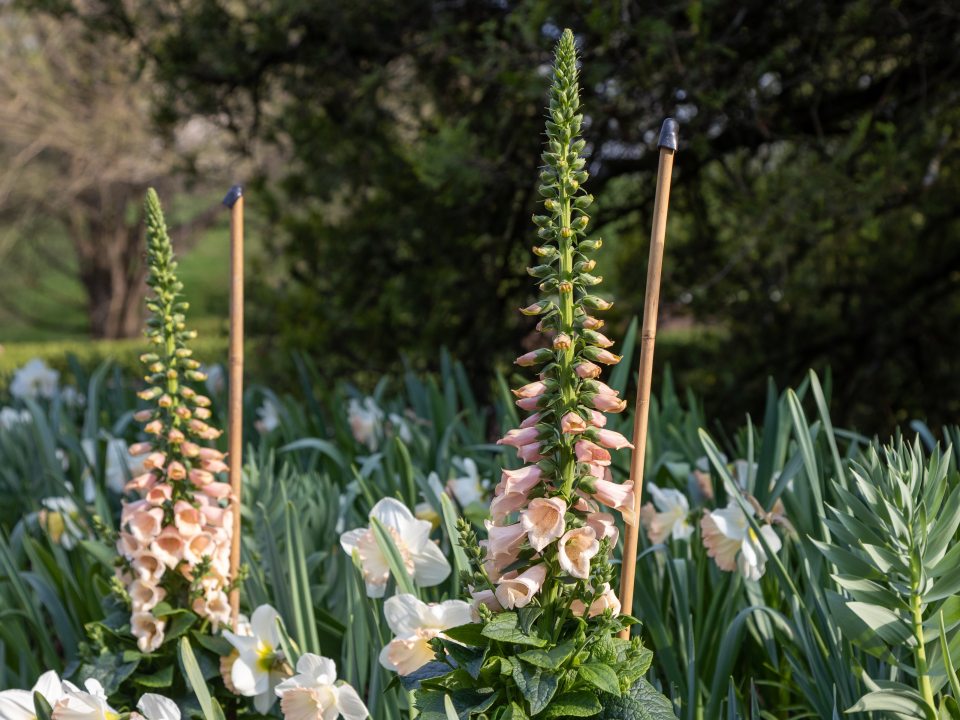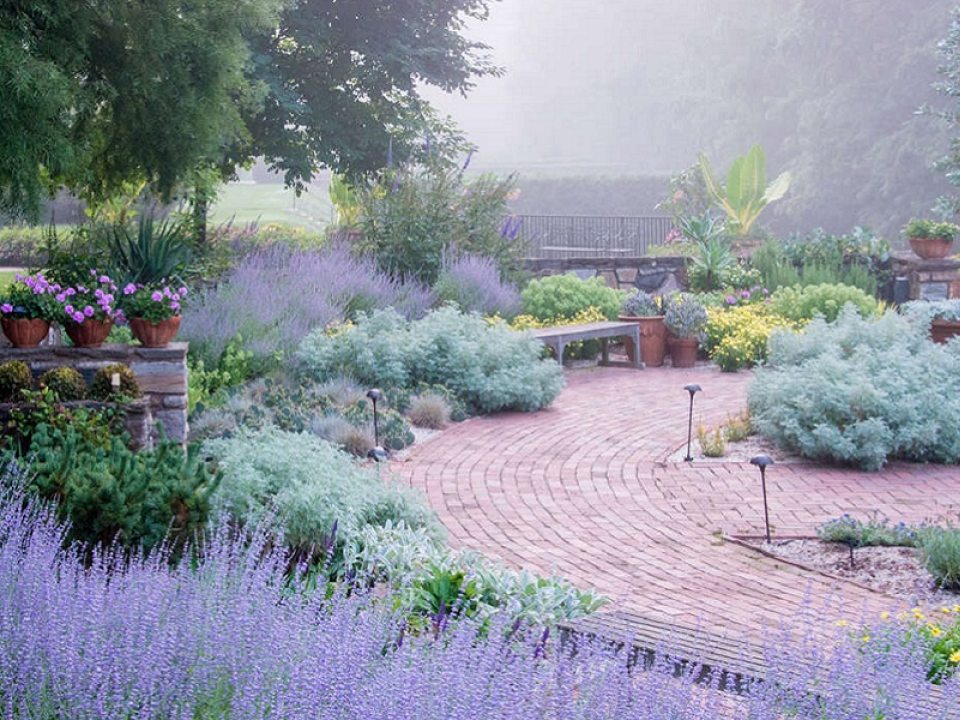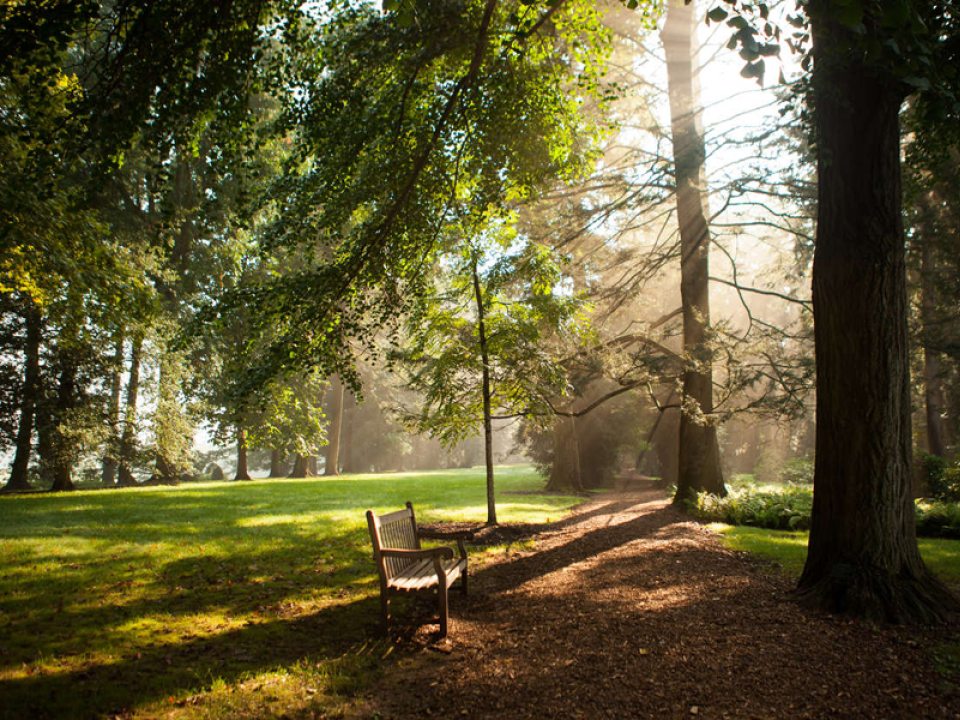The story of Longwood Gardens begins here.
In 1906, Pierre S. du Pont purchased a 202-acre farm and former Quaker homestead in order to save a collection of historic trees, unaware at the time that his purchase would grow to become one of the greatest display gardens in the world. Developed with the specific purpose of display, the House & Theatre Gardens District is an excellent representation of how Pierre’s passion for horticulture, design, and preservation laid the groundwork for an unparalleled garden experience, to be enjoyed by guests for many years to come. Transport yourself in the early days of Longwood, taking in views that Pierre and his family enjoyed more than a century ago, including Peirce’s Park and Peirce’s Woods.
About This District
Pierre intended to restore his newly acquired land as a space for entertaining friends—but the lavish gardens and dazzling fountains would come later. His first projects involved tending to the trees for which he’d purchased the property and restoring Peirce’s Park, a historic arboretum planted a hundred years earlier by Quaker farmers Joshua and Samuel Peirce, to its former glory. In the process, his vision for Longwood’s future took shape in a series of “firsts.” The 600-foot flower garden (what is now Flower Garden Walk), punctuated with a simple round fountain (another first!), was so beautiful the following spring that Pierre decided to host his first Longwood garden party—a tradition that would continue until 1940.
I have recently experienced what I would formerly have diagnosed as an attack of insanity; that is, I have purchased a small farm.- Pierre S. du Pont
In 1913, following an inspiring trip to the Villa Gori in Siena, Italy, with his future wife, Alice, Pierre began construction on what would become the Open Air Theatre, complete with illuminated fountains that flanked the stage. When the fountains debuted at a 1914 garden party, the guests were delighted—as were Pierre and Alice.
Pierre found the winters in the Brandywine Valley to be dreary, so in 1914 he began construction of his first conservatory as part of an L-shaped extension to the farmhouse. Planted with exotic tropical foliage and a marble fountain, it became Longwood’s first winter garden housed under glass.
